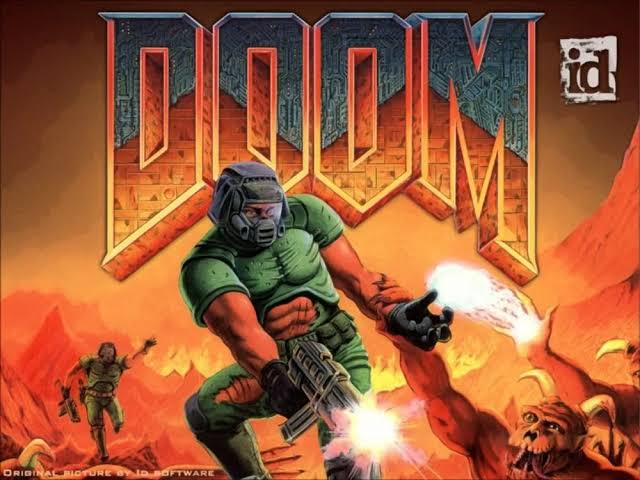A developer has embedded the iconic first-person shooting game Doom from the 1990s onto the Dogecoin blockchain, which was created out of memes and inventiveness.A pseudonymous developer on X known as “Mini Doge” inscribed Doom on the Dogecoin blockchain using the Dogecoin Ordinals protocol, often known as “Doginals.”By visiting the inscription link, anyone can use this to play the timeless game on their PCs or smartphones.
When Doom was originally published in 1993, it quickly rose to the top of the gaming charts.In honor of the game’s 30th anniversary, Mini Doge claims that the free version of Doom was added to the Dogecoin network.There are nine game levels in the blockchain game that can be published without causing legal problems.
Following its launch on BitcoinAfter an anonymous Twitter user going by the handle Indigo Nakamoto promised $500 worth of LTC to anyone who could integrate the Ordinals protocol into Litecoin, BTC, the Ordinals protocol, found its way onto the Litecoin network.Following suit, DOGE enthusiasts Doge Labs made it possible for the protocol to be implemented on Dogecoin.
Users are able to engrave audio, video, and image data into the two blockchains as a result.Due to the introduction of the Ordinals protocol into the DOGE blockchain, the Dogecoin network achieved a new 24-hour transaction record on May 18 of 1.2 million transactions.
Using Ordinals, other developers inserted a vintage game emulator onto the Bitcoin blockchain prior to Doom being added to the Dogecoin network.The Super Nintendo Entertainment System (SNES) emulator was released on a Satoshi by developers of the Bitcoin Ordinals portfolio tracker Ninjalerts on January 8.90% of classic video games are endangered, according to a research mentioned by Ninjalerts CEO Trevor Owens, who made the announcement about the inscription.Additionally, the CEO maintained that Bitcoin was the ideal platform for safeguarding games that served as “cultural digital artifacts” for upcoming generations.

